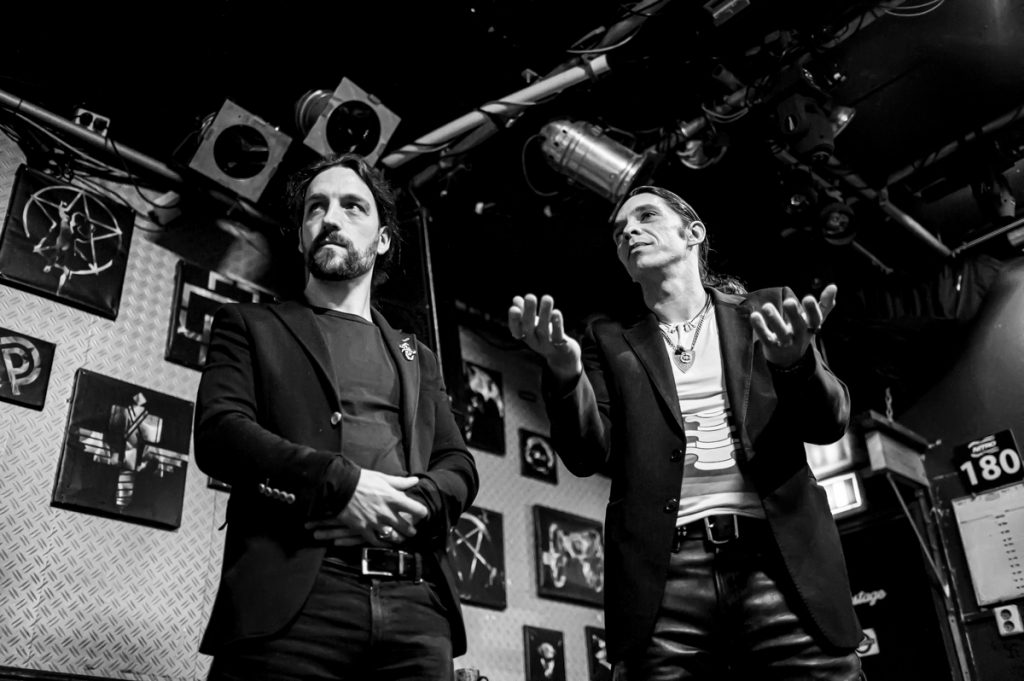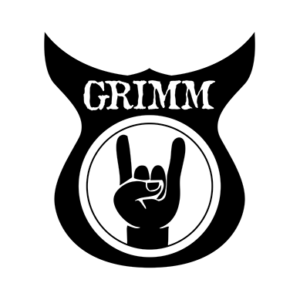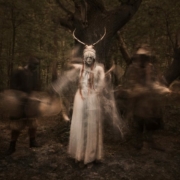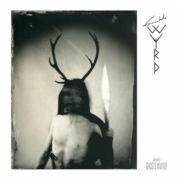Carach Angren – ‘Franckensteina Strataemontanus’ listening session, album details + Q&A
Q&A with Ardek and Seregor
Q: You told us at the beginning that the concept of the album started with a dream that you (Ardek) had. Could you tell us a bit more about it?
Ardek: Well, a while back I had this dream in which I was sucked into some kind of chamber where I saw the face of an old man, whose identity was unknown to me at the time. I had almost forgotten about this dream until I started doing research for our new record. I decided to read the Frankenstein story after avoiding it for years because I had long thought it was cliché, overdone subject matter. Who knew? Maybe I could draw some inspiration from it? Then when I actually read the book, I completely changed my mind. This was great stuff! While doing some research about the Frankenstein lore I came across the name of Johann Conrad Dippel. I saw a picture of him, and I couldn’t believe my eyes. This was the man from my dream. So I took it as a sign and decided he was going to be my main source of inspiration for our next record.

Q: Why did you decide to make another concept album? Because the last one wasn’t. Right?
Ardek: No, the last one was also conceptual, although it consisted of more loosely interconnecting horror short-stories. It was also not a linear story, like on ‘This is no Fairy Tale‘, in which we took you on a walk along the tale of Hansel and Gretel. It’s very difficult to make individual songs that work well and a linear story at the same time. We usually try to keep the listener’s interest by heading into different directions. On ‘Franckensteina Strataemontanus‘, we have a song about WWII for example, which is thematically still connected to the main story We preferred the direction we took, to simply following the story of Dippel’s life. This approach gave us a little more artistic freedom.
Q: While doing your research, what is a story you thought was great, but regret not putting on the album due to it not quite tying into the concept?
Ardek: Good question. There was so much. One stuck with me though. I read up on some research, going through various scientific papers, and came across one particular thesis from the University of Nijmegen. Apparently a team of scientists studied mice’ brain activity upon decapitation, trying to measure how long the brain waves would carry on after the heads were severed. People usually think you die immediately after getting your head cut off. Like that’s it, you know? Death equals no more life. Apparently it’s not the case. It would seem that almost thirty seconds after removal, there would be a new peak in brain waves. Upon death it would seem there is still some activity going on in the body, some organs are still active, cells are still dividing etc. I found it so interesting and tried to work it into the album, but it ended up being too detailed.

Q: Could you give us some more details about the track ‘Der Vampir Von Nürnberg’?
Ardek: Seregor dove into that one. The vampire of Nuremberg is actually an existing person who was into necrophilia. I heard from Heilemann (artwork) the man served his sentence and was eventually released from prison.
Seregor: This killer used to shoot his victims and suck out their blood through the gunshot wounds, believing he would stay young that way. We got the inspiration from Dippel’s literature. Since he was an alchemist, he was obviously always looking for ways to find immortality. So this instance of vampirism sort of ties into the Frankenstein-lore.
Q: In the seventies, Alice Cooper was the face of horror rock, which went on to become horror punk with The Misfits. Do you think it’s fair to say that, in five or ten years, people will refer to Carach Angren as the face of horror metal?
Seregor: Yeah, hopefully. Though it’s not our choice, it’s the world’s.
This Q&A continues on page 4.








Leave a Reply
Want to join the discussion?Feel free to contribute!